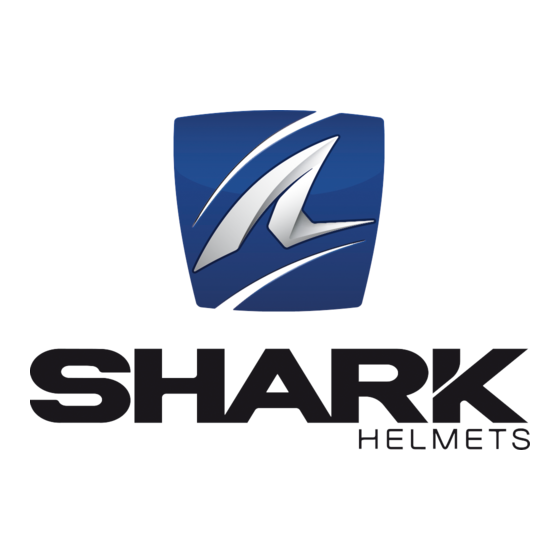
Table of Contents
Advertisement
Quick Links
MAINTENANCE MANUAL
Airplane Type / Version:
Serial Number:
Registration:
Document Number:
Revision:
Date of Issue:
Approval Number and Date:
Manufacturer:
SHARK UL, 600, 600 F
SHARK 600 UK
SHARK UL/600 – all versions
Shark600_MA_097
E
28.03.2024
SHARK.AERO s.r.o.,
Senica Airport, Hlboké 406
906 31 Hlboké, Slovak Republic
shark@shark.aero
+421 903 655977
© The Light Aircraft Company LTD
Little Snoring, Fakenham, Norfolk, NR21 0JL
+44 (0)1328 878809,
sales@g-tlac.com
Little Snoring Airfield,
Advertisement
Chapters
Table of Contents



Need help?
Do you have a question about the UL and is the answer not in the manual?
Questions and answers